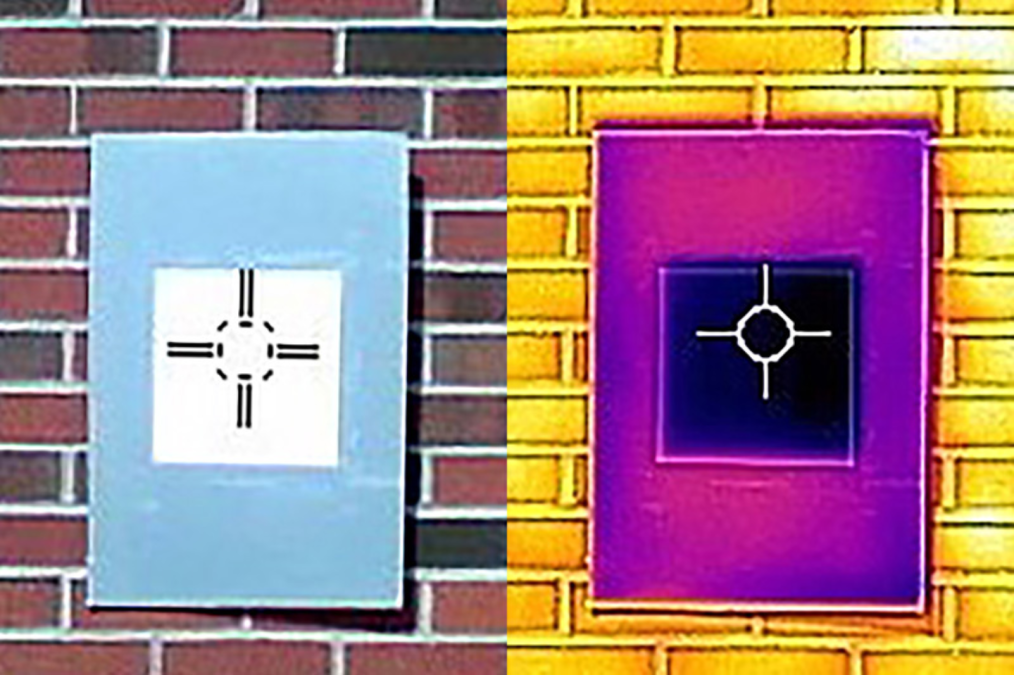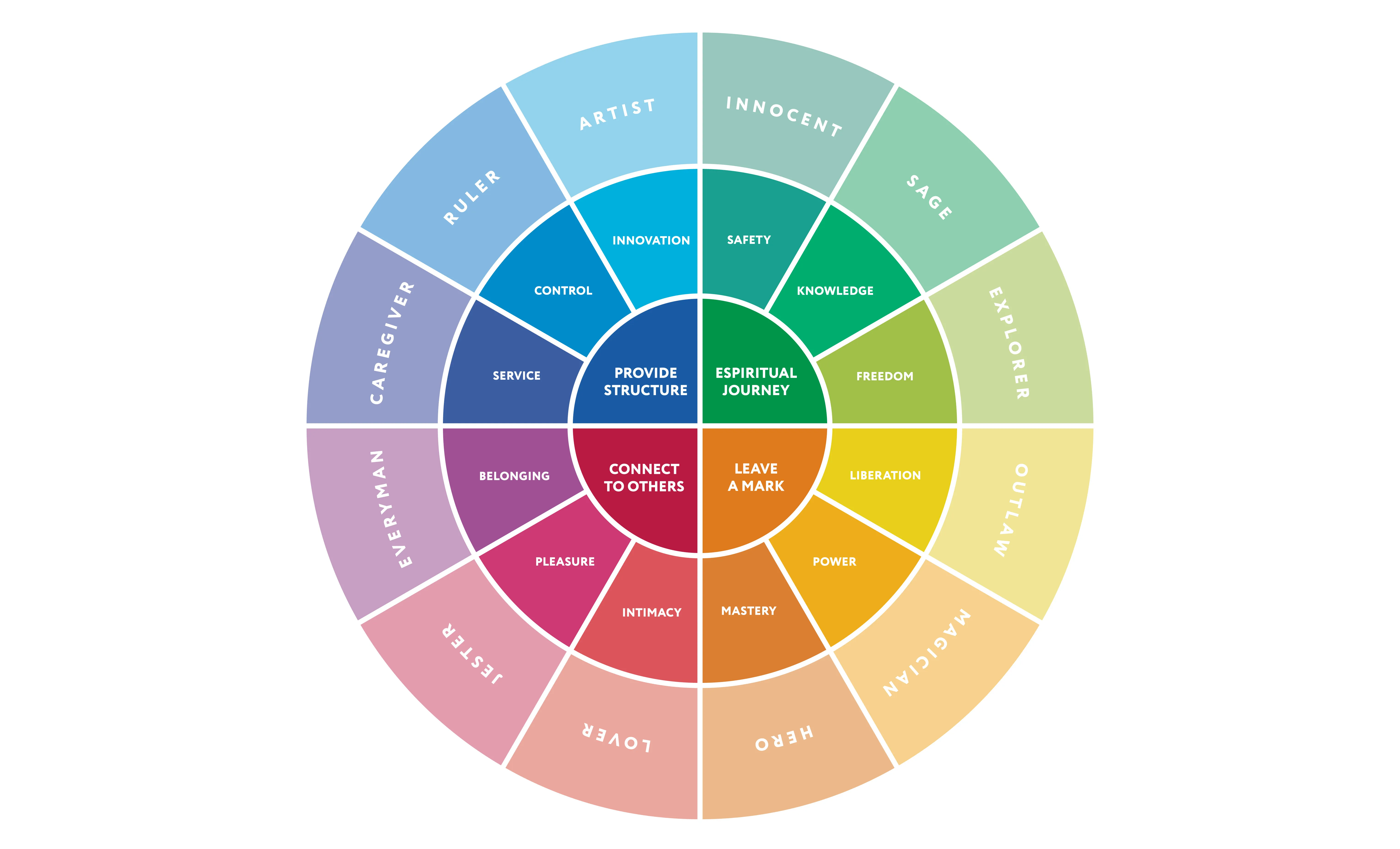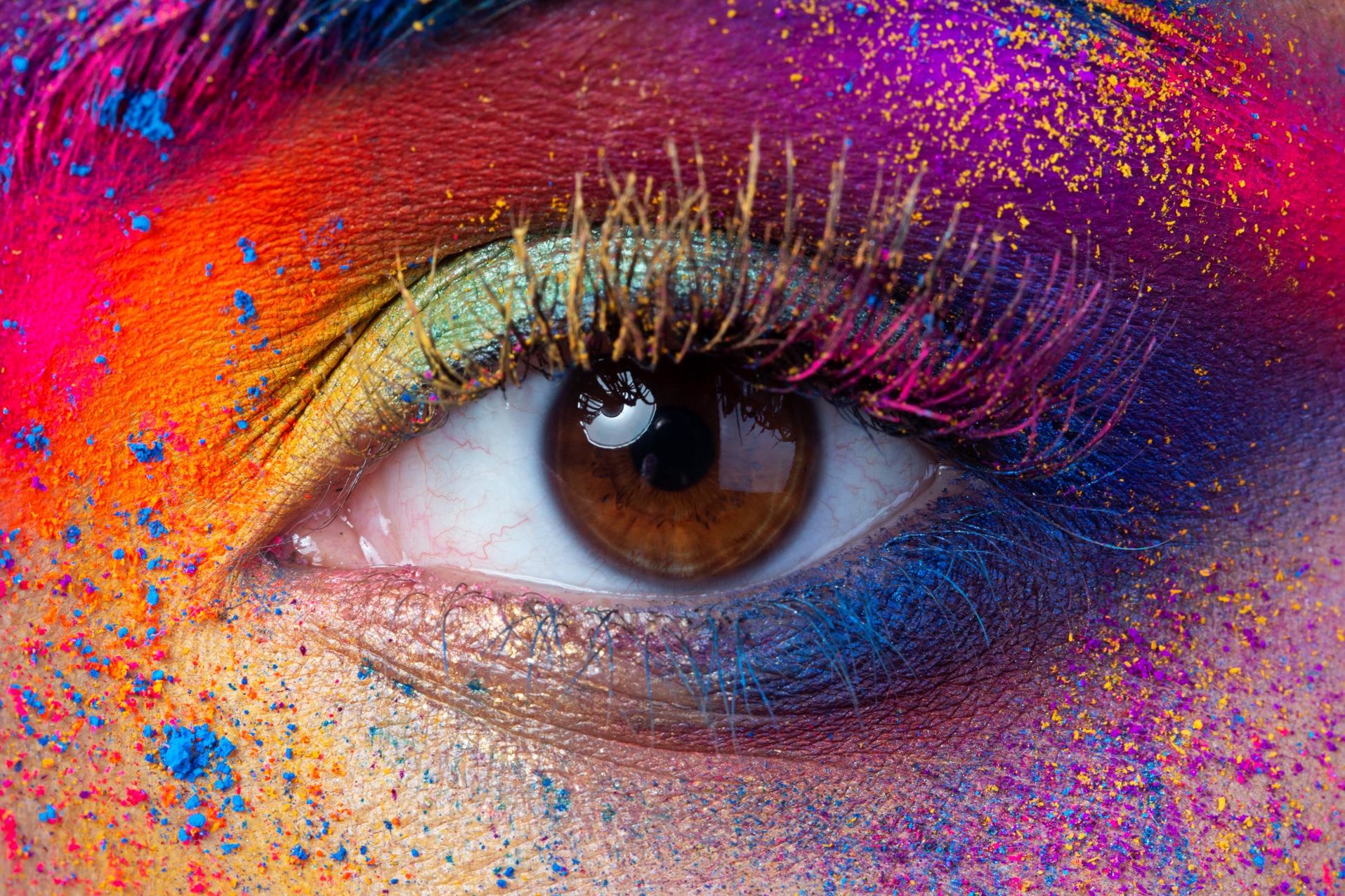World’s blackest black? Purdue made the world’s whitest white

Credit: yuravector/Adobe Stock/Big Think
- Scientists at Purdue University created the whitest white ever developed, in the form of a paint.
- The new paint can actually cool surfaces on which it’s applied, potentially reducing the need for climate-unfriendly air conditioners.
- This is the second whitest white to come from these researchers, and they believe this is about as white as any material could ever be.
A few years ago, researchers announced the development of the blackest black ever, a place where colors go to die. It was called Vantablack, and it was so absorptive of visible light that only the tiniest amount escaped its surface to reflect back to our eyes. (All of that light energy is dissipated into the surrounding substrate, so Vantablack doesn’t become hot.)
In a 2021 paper published in the journal ACS Applied Materials & Interfaces, scientists at Purdue University announced BaSO4 (barium sulfate), the whitest white ever. BaSO4 is practically impervious to the colors of the visible spectrum. Even better, while it’s a very cool invention in the colloquial sense, it’s also cool in the thermal sense.
The coolest white

Most outside paints actually warm the surfaces to which they’re applied. While there are already some reflective paints on the market, they only reflect 80 to 90 percent of sunlight, not enough for a cooling effect.
By contrast, BaSO4 results in 98.1 percent of sunlight bouncing off. Senior investigator Xuilin Ruan said in a press release, “If you were to use this paint to cover a roof area of about 1,000 square feet, we estimate that you could get a cooling power of 10 kilowatts. That’s more powerful than the central air conditioners used by most houses.”
Ruan and his colleagues tested BaSO4 using thermocouples, high-accuracy devices that measure voltage to determine temperature. They found that at night, BaSO4 surfaces are 19° F. cooler than surrounding air. Under strong sunlight the effect is not quite so extreme, but still dramatic: 8° of cooling.
The researchers even found the paint works in cold weather. Testing it on a 43° F. day, the surface on which BaSO4 was painted was a brisk 25° F. Their tests also indicate that BaSO4 is hardy enough for outdoor conditions.
How the new white was developed

Research in the field of radiative paint for cooling goes back to the 1970s, though Ruan’s team has been working toward BaSO4 for only six years. Along the way, they analyzed over 100 reflective materials, trying them out in about 50 experimental formulations.
Lead author, postdoc Xiangyu Li explains, “We looked at various commercial products, basically anything that’s white. We found that using barium sulfate, you can theoretically make things really, really reflective, which means that they’re really, really white.”
The whitest white paint before — developed by the same team just last autumn — depended on calcium carbonate, a compound commonly found in seashells, rocks, and blackboard chalk.
The team crammed as many tiny BaSO4 particles into the paint as possible. Says Li: “Although a higher particle concentration is better for making something white, you can’t increase the concentration too much. The higher the concentration, the easier it is for the paint to break or peel off.”
Another factor that makes the team’s BaSO4 formulation so reflective is that the researchers used barium sulfate particles of many different sizes. When it comes to reflecting light, size matters.
Co-author and PhD student Joseph Peoples said, “A high concentration of particles that are also different sizes gives the paint the broadest spectral scattering, which contributes to the highest reflectance.”
The team’s formulation method, they report, is compatible with commercial paint production.
Cool support for the planet
Purdue has applied for patents relating to BaSO4, though there are as yet no plans to make it commercially available.
However, the sooner they release it, the better. Air conditioning currently accounts for 12% of U.S. energy consumption. Also, many air conditioners use hydrofluorocarbons (HFCs). While HFCs constitute just a small percentage of greenhouse gases, they trap thousands of times the amount of heat as carbon dioxide.
Therefore, BaSO4 can play a role in combating global warming by reducing energy consumption and the emission of HFCs.
This article was originally published on Big Think in April 2021. It was updated in August 2022.





